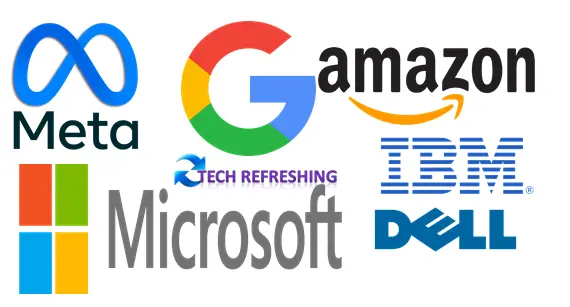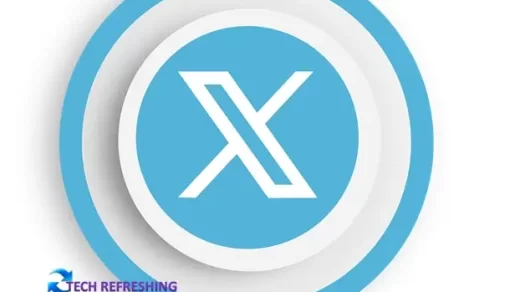Google Chrome Enables WebGPU API by Default for Graphics-Intensive Web Apps
Google has announced that it will be enabling the WebGPU API by default in Chrome 113, due out in approximately three weeks. WebGPU is an application programming interface (API) that gives web apps more access to a device’s graphics card capabilities, allowing developers to create graphics-intensive web apps and games with improved performance.
Google is set to enable the WebGPU API by default in Chrome 113, which will be available on Windows PCs supporting Direct3D 12, macOS, and ChromeOS devices supporting Vulkan. This development is anticipated to provide a considerable boost to web-based app and game development. With WebGPU, developers can attain the same level of graphics performance with fewer lines of code.
Improved Machine Learning Performance
In addition, WebGPU provides “more than three times improvements in machine learning model inferences.” This is a significant feature that could be a boon in the age of generative AIs and large language models. While services like Google‘s Bard and Microsoft’s Bing don’t take advantage of local hardware, there is plenty of room for cool machine learning applications that do.
The API has been in the works since 2017, and Google has been working on it since then. It is not a Chrome-only standard, and it is expected to be available in Firefox and Safari in the future. Google is currently developing the WebGPU API to support more operating systems, including Linux and Android.
Improving Graphics Features and Development Process
According to Google, the release of WebGPU API in Chrome 113 is considered a foundation for future updates and enhancements. The company pledged to introduce advanced graphics features and enhanced access to shader cores in the future. Furthermore, Google plans to improve the process of creating content that runs on WebGPU.
Meanwhile, Google has also announced plans to get future releases of Chrome out the door faster. While stable releases won’t be coming out any earlier, Google plans to “feature freeze” them later, shortening the time between when developers stop adding new features to the build and when the general public gets it. This move is expected to help smooth the development process out.
Conclusion
The WebGPU API has been in development for quite some time and will soon be enabled by default in Google Chrome. This will allow developers to create graphics-intensive web apps and games with improved performance, making it a valuable tool for AI applications as well. As Google plans to expand its implementation to support more operating systems, it is expected to pave the way for more advanced graphics features in the future.


